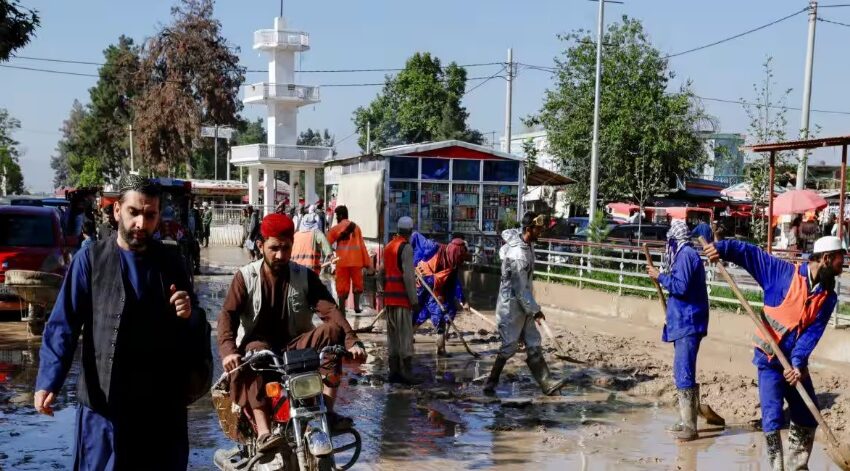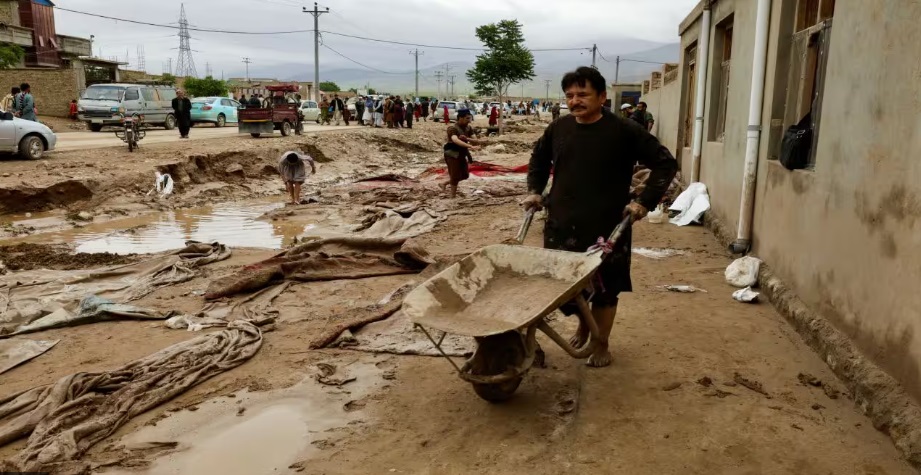
Devastating Floods in Afghanistan Claim 315 Lives, Wipe Out Villages
Thousands of homes have been damaged and livestock wiped out, the Taliban-run refugee ministry has said, as aid groups warn of damage to healthcare facilities and vital infrastructure such as water supply
Flash floods caused by heavy rains have devastated villages in northern Afghanistan, killing 315 people and injuring more than 1,600, authorities said on May 12, as villagers buried their dead and aid agencies warned of widening havoc.
Thousands of homes were damaged and livestock wiped out, the Taliban-run refugee ministry said, as aid groups warned of damage to healthcare facilities and vital infrastructure such as water supply, with streets left coated in mud.
In the Nahrin district of Baghlan province, people carried their shrouded dead to a gravesite.
“We have no food, no drinking water, no shelter, no blankets, nothing at all, floods have destroyed everything,” said Muhammad Yahqoob, who has lost 13 members of his family, children among them. The survivors were struggling to cope, he added.
“Out of 42 houses, only two or three remain, it has destroyed the entire valley.”

In a statement, Taliban’s economy minister Din Mohammad Hanif urged the United Nations, humanitarian agencies and private business to provide support for those hit by the floods.
“Lives and livelihoods have been washed away,” said Arshad Malik, the Afghanistan director for Save the Children. “The flash floods tore through villages, sweeping away homes and killing livestock.”
He estimated that 310,000 children lived in the worst-hit districts, adding, “Children have lost everything.”
The refugee ministry said the latest tally of dead and injured on May 12 came from its Baghlan provincial office, according to a post on X. Earlier, the interior ministry had put the toll from the May 10 floods at 153 but warned it could rise.
Afghanistan is prone to natural disasters and the UN considers it one of countries most vulnerable to climate change.
It has battled a shortfall in aid after the Taliban took over as foreign forces withdrew in 2021, since development aid that formed the backbone of government finances was cut.
The situation has worsened in subsequent years as foreign governments grapple with competing global crises and growing condemnation of the Taliban’s curbs on Afghan women.


